Raising cattle primarily focuses on milk and meat production using dairy and beef cattle. As a profitable business, raising cattle is a satisfying enterprise. However, the farm manager needs to effectively use his limited resources, including capital, land, labor, and feed. Following the fundamental economic question, ‘what do I need to produce?’ is the first step a new producer needs to ask himself. Then he needs to ask the second and third questions’ which technology is he to use?’ and ‘for whom the product is targeted?’.
These are some common problems a new producer may face.
- What is the purpose of raising cattle?
- Which breed is the best? What are the differences between each breed?
- Where to buy cattle?
- How to raise cattle? What are the precautions?
- How to feed cattle?
- How to differentiate between dairy cattle and beef cattle?
- What equipment are necessary for raising cattle?
- How to care for cattle?
- What are the most demanding beef types?
What Type of Cattle Should I Raise?


As the first step, you may decide what breed is available for raising cattle. This choice may give different answers to different people because factors of production are distributed unevenly among people. A person with a larger land to graze cattle will be able to raise a large herd of cattle, while small-scale entrepreneurs have to stick to their minimal resources.
If you wish to raise beef cattle, they are bred to produce meat or generate seed stock (breeding animals). The producer’s intentions determine the type of breed to raise. Some producers raise female cattle and produce calves to sell, while others purchase feeders/weaned animals to raise to market weight.
Raising Cattle Guide for Beginners Crossbred?
These two classes have their pros and cons. Purebred cattle remain inside a registered animal group that has not mixed with another group’s gene pool. This breed has higher demand at purebred sales. Unlike purebred animals, unregistered crossbred animals have hybrid vigor. Consequently, crossbred cattle are adept at increasing productivity over the average of the breeds for faster growth, while crossbred female animals could produce more cow milk for their offspring.
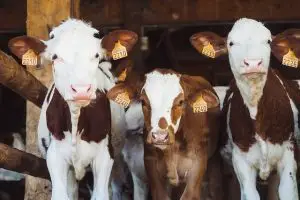

Selecting a Breed
Each cattle breed is unique for a set of different traits for which they are specifically recognized. Without much worry about these traits, you can get the help of Breed associations that record information on breed traits to choose the ideal breed for raising cattle. To begin with, beef cow types are twofold, maternal (cow) and terminal (sire) breeds.
| Maternal | Terminal | Composite |
| Angus | Charolais | Maintainer |
| Hereford | Gelbvieh | Braford |
| Red Angus | Simmental | Beefmaster |
| Shorthorn | Maine Anjou | Limflex |
| Limousine | SimAngus |
As the term itself refers, maternal breeds are good at raising healthy calves. The maternal breed is moderately sized, and the Terminal breeds are larger. They are used for meat production. However, there is another breed called composite, a combination of the genetics of both the maternal and terminal breeds. The above table brings out commonly found breeds in the United States.
Choosing cattle breeds also needs your concern over climatic changes. Only some of the cattle breeds are good in harsh climates. (You can read our articles on Simmental cattle and Brahman cattle to learn more about this). Hence, consider the regional climate you will choose for raising cattle and figure out whether your desired breed can withstand it. The following table will give you a quick guide on this topic.
| Climate | Breed |
| Frosty and bitter conditions in the winter | Scotch Highland or Galloway |
| Moderate and hot climates | Sanga, Senepol, Ankole-Watusi, American Criollo breeds, and Zebu |
Unlike purebred animals, crossbred cattle breeds adapt effectively to different climates, and their capabilities are better than those of purebred ones. In raising cattle, consider raising and crossbreeding several types of cattle breeds. More manageable and smaller breeds are Welsh Black, Normande, and Dexter.
Where Can I Purchase Cattle?
There are several different means through which you can choose the ideal breed for raiding cattle. The sales across the country offer different choices for you to choose purebred or commercial crossbred animals. Since these sales are held throughout the year, you can purchase only one breed, various breeds, or even crossbreds for raising cattle at your farm.
Apart from these sales, you can make direct purchases from reputable breeders at their farms. However, the purchaser must be vigilant in choosing the suitable breed from these local auctions as they are likely to have health issues that may turn your intention to raise cattle upside down.
Things to Consider Before Selecting a Breed
You can compare one breed with another by considering two criteria.
1. Performance
2. Visual Appearance
Animal performance is measured considering how much calves weigh at weaning or how well calves grow, while visual measuring applies to higher-performing animals.
Performance selection principles evaluate measurable traits inlcuding birth weight, yearling weight, and the weaning weight (adjusted to 205 days of age), or meat yield and quality. In visually appraising animals, aspects like body capacity, muscling, structural correctness, and breed character are evaluated. A plus point of a visual appraisal is that evaluating structural correctness allows producers to identify animals with defects which is not apparent through a mere performance evaluation.
Producers who have chosen to raise purebred animals should be familiar with the characteristics, including polled status, color and distribution of color, ear length and shape, and defects that disqualify animals from registration.
Equipment Required
After selecting animals, the next vital importance is collecting the necessary equipment to maintain those animals. Basic equipment includes
1. Feeders
2. Water tubs or watering systems
3. Healthcare equipment
Feeders are used to preventing animals from eating off the ground and from wasting feed by spilling it onto the ground. Why do you need to prevent them from eating off the ground? Because correctly raising cattle is not a simple but a dedicated task. Cattle may contract parasite infections due to eating off the ground.
The necessity of water for animals and plants is needless to describe because water is possibly the essential nutrient impacting feed consumption. You can supply water bucks or small tanks to maintain their hydration and hygiene.
Read More
Silkie Hen vs Rooster – Comprehensive Guide

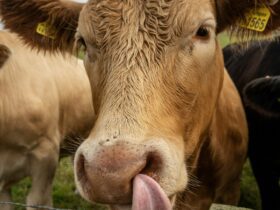
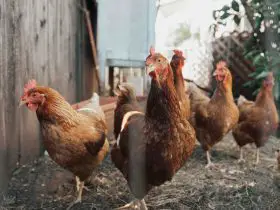
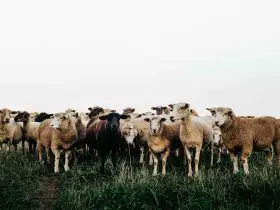
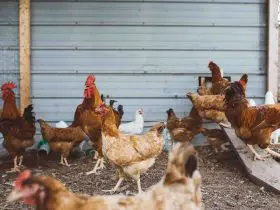
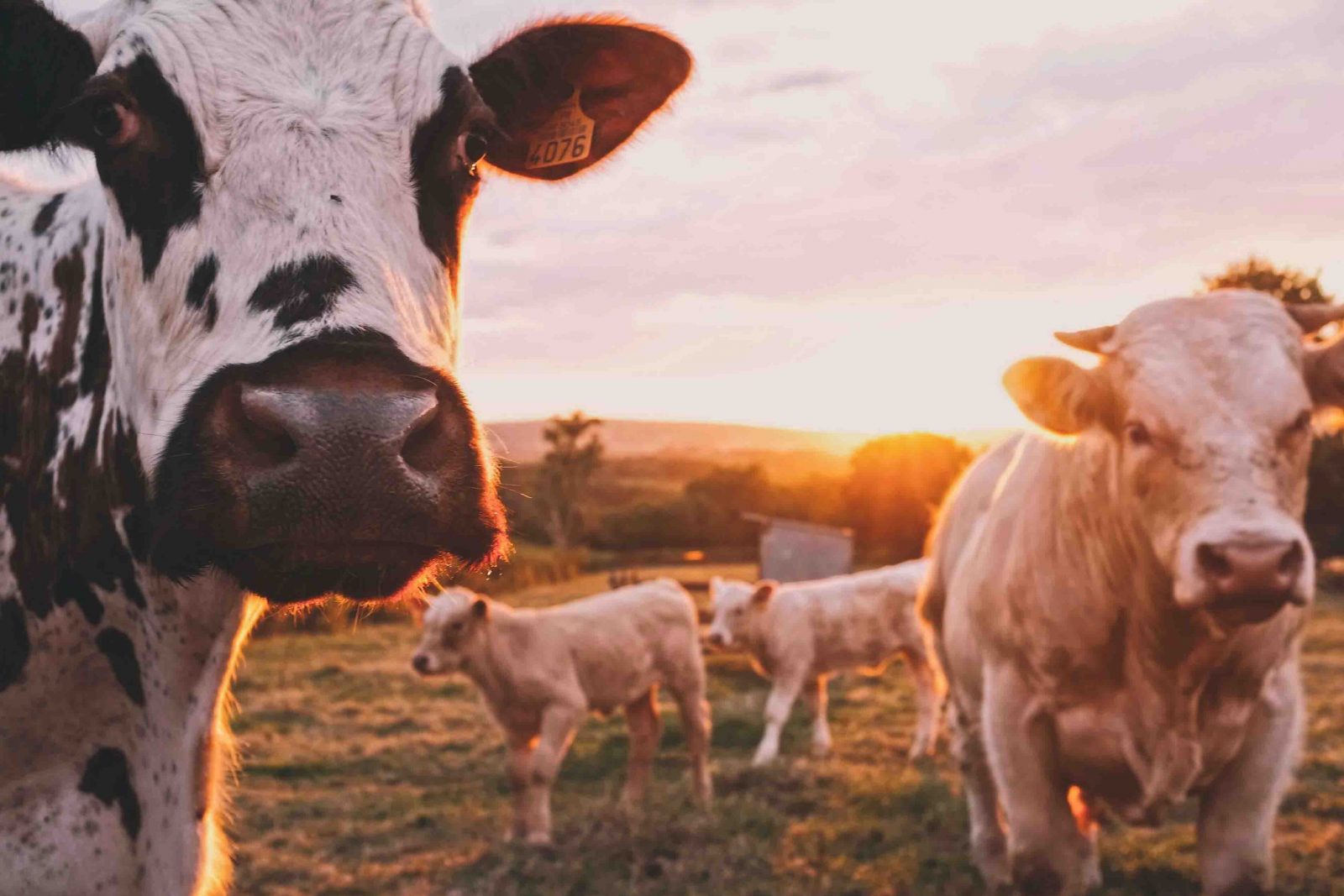
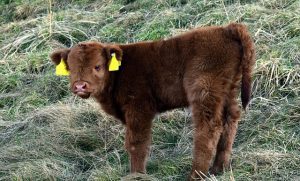
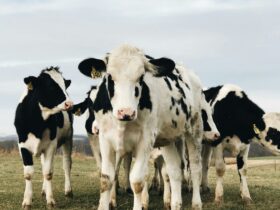
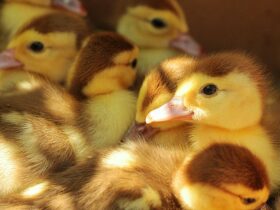
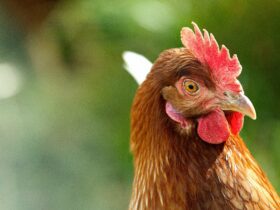
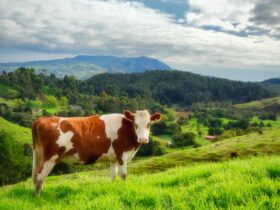


Hello!! Welcome to Anim Farm